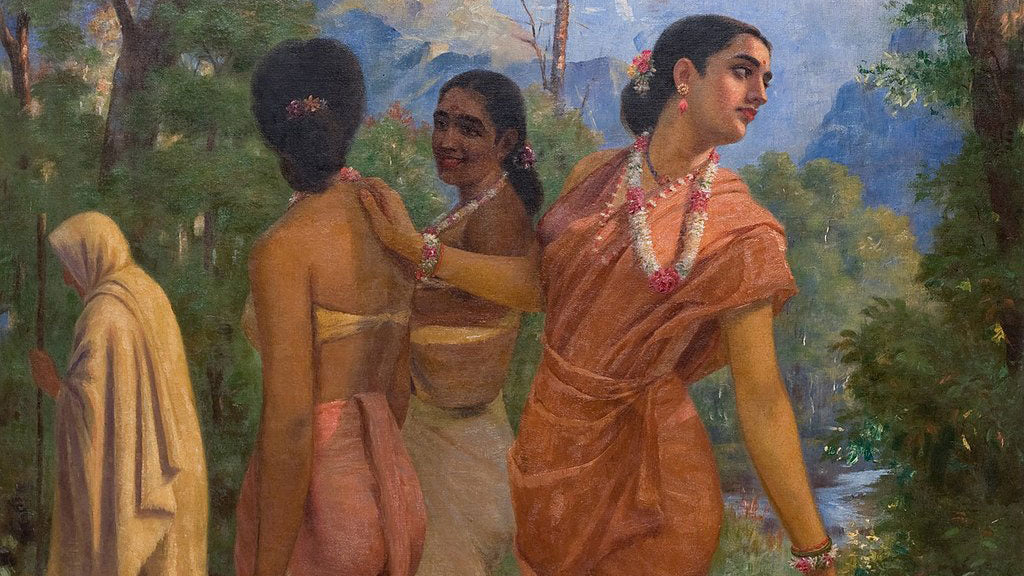
Sari - A Timeless Journey
Share
This is a humble effort to summarise the journey of an iconic garment know as "Sari". Sari is a piece of history that went through a great evolution and survived the test of time.
The word sāṛī (साड़ी) comes from a Sanskrit word śāṭī which means 'strip of cloth. It has been a part of Indian culture for centuries, with mentions dating back to the Indus Valley Civilization around 2800-1800 BC.
The evolution
Originally, the sari was a simple drape worn by women in ancient India. During the Mughal era, the sari underwent a transformation from a handwoven uncut and unstitched cotton cloth to the luxurious silk saris adorned with gold and silver threads having intricate embroidery, rich fabrics, and elaborate designs.
With the arrival of the British in India, the sari saw further evolution. The British influence led to the introduction of new weaving techniques, patterns, and fabrics. The traditional sari began to incorporate elements of Western fashion, creating a fusion of styles.
Modern twist
Today, the Indian sari continues to be a symbol of tradition and elegance. Designers have reimagined the sari, experimenting with different fabrics, colors, and draping styles. The sari has also gained popularity on the global fashion scene, with celebrities and fashion enthusiasts embracing this timeless garment.
From its humble beginnings to its modern interpretations, the Indian sari remains a cultural treasure that embodies the rich heritage and craftsmanship of India.
Image courtesy: Raja Ravi Varma, Public domain, via Wikimedia Commons
